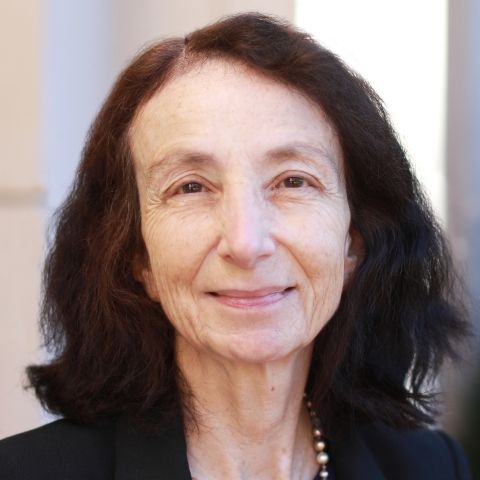
This Article considers the interaction between marriage, households, and public welfare-type benefits. In light of constant cultural and media attention to “the two-parent privilege,” the article argues that the very purpose of public benefits in the modern era is up for redefinition.
The information age, much like the industrial revolution before it, has remade the preconditions for entry into the middle class and contributed to new middle-class family strategies geared to the changing labor market realities. This new era, which has increased income instability and employment insecurity, has increased economic inequality and eroded what were once secure pathways into middle-class status. This changing economy requires rethinking the purpose of public benefits and. a reexamination of the fairness and utility of tying benefits to employment or marriage. This requires reconceiving the State role from one that fills in the gaps left by private jobs’ creation and relationships to one that extends access to the preconditions for middle-class status.
This Article makes three contributions. First, it shows that marriage takes on a very different meaning in the new economy. Second, the article challenges recent exhortations to marry as a way to improve children’s futures, ensure economic stability, and increase overall happiness. Finally, the Article asks how, in the context of a post-industrial economy with constantly shifting employment needs, to assist in making the preconditions universal instead of asking how to fill in the gaps of, or supplement, a private system that no longer reliably provides lifelong employment for a large part of the population. In this venture, marriage becomes largely irrelevant to benefit design.
Part I surveys the design of the public benefits associated with relationship status as a precondition for middle-class status. Part II analyzes who actually receives the different types of marriage-based benefits. While, as Windsor pointed out, a number of federal statutes use marital status as a category, that status is not always a benefit, particularly for people who do not have a job. Part III explores why marriage remains resonant—and for whom. Finally, Part IV sketches out what a redesign of the public system might look like, analyzing how relationship status might be irrelevant to the availability of benefits.